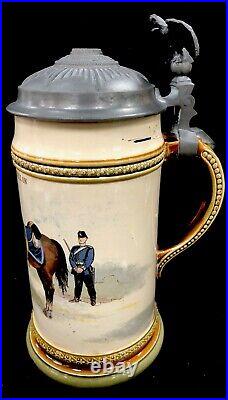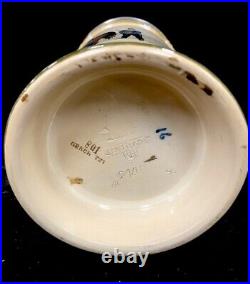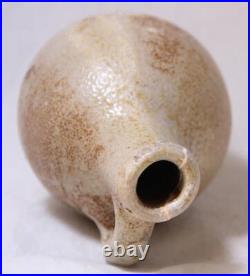Friday, August 2nd, 2024
now browsing by day
German Beer Stein Mettlach 2140/801 Grade Train Batallion








German Beer Stein Mettlach 2140/801 Grade Train Batallion. The majority of authentic German regimental beer steins were produced between about 1890 and 1914. During this time, military service was compulsory in Germany. Most men would take basic training between 17 and 20 and then enter the reserves until age 40. A group of men would enter a unit together, stay in the same unit for training and be discharged as a unit. Rosters of names from your unit, or regiment, could be added to the steins and these became known to collectors as regimental steins. The beginning of WW I effectively ended the production of regimental steins as labor and materials were diverted to the war. We are Gannon’s Antiques and Art in Fort Myers, Florida. We are the most active buyers and retailers in Southwest Florida with a 20,000 square foot showroom and national recognition. Visit our website for our contact information and watch for more beautiful treasures from the same collection.








 D5 Creation
D5 Creation